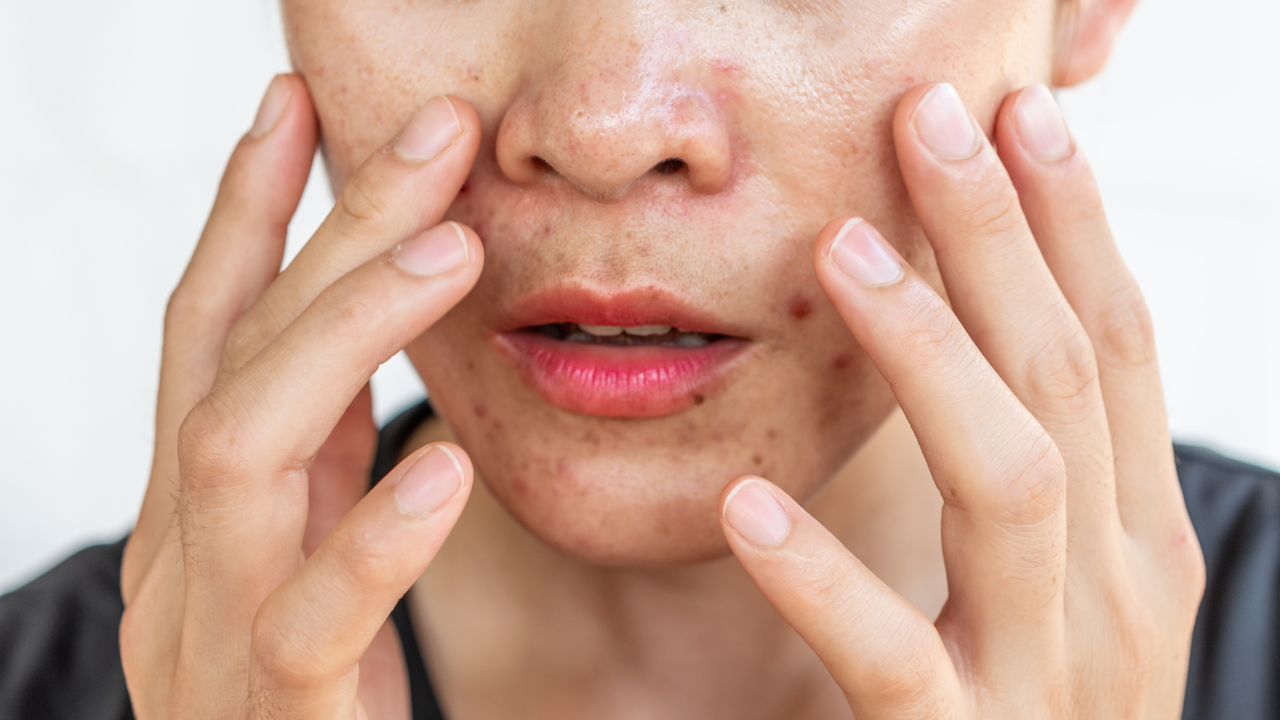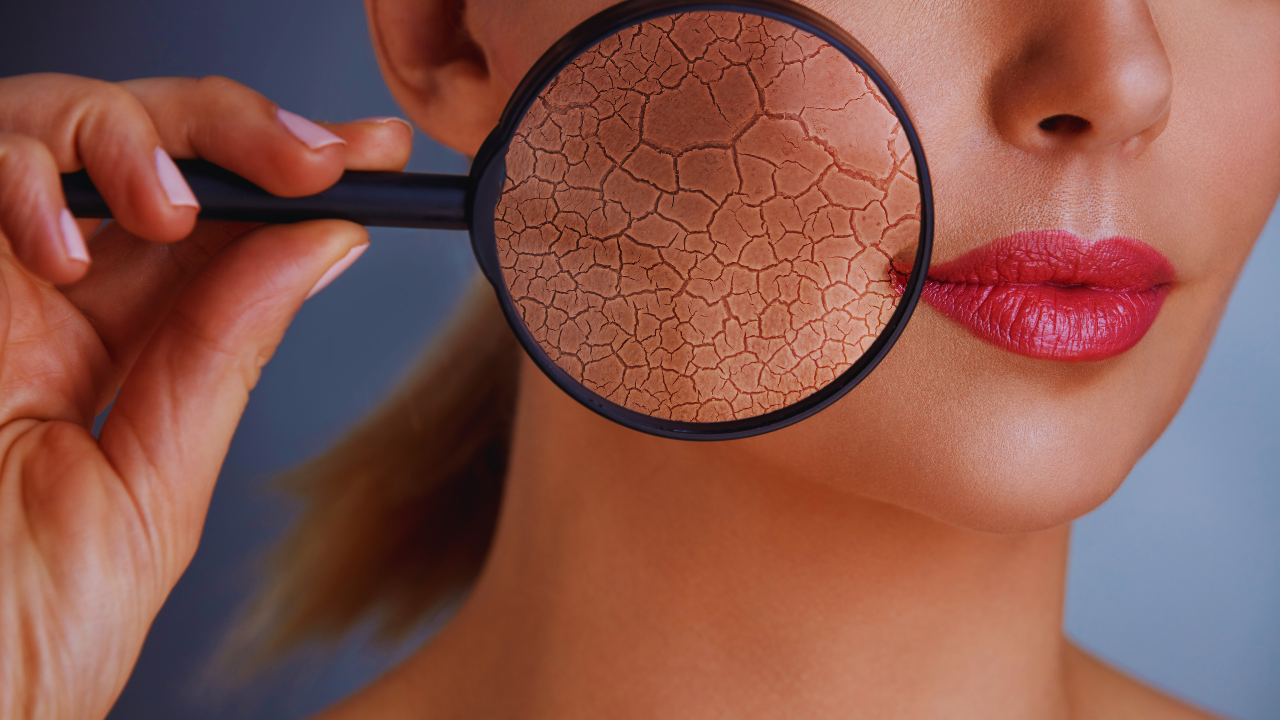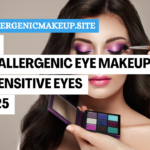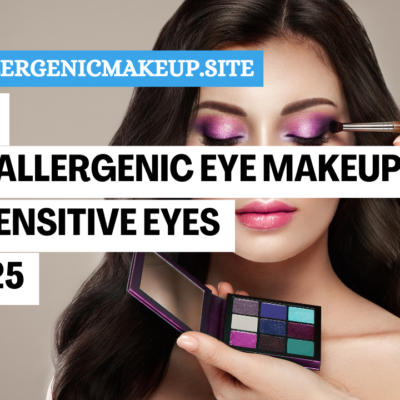Examining terms like hypoallergenic and non-comedogenic can be shocking, particularly if you have sensitive skin or are fighting with rashes.
Simply, hypoallergenic skincare is a lifesaver for reactive, eczema-prone, or redness-sensitive skin since it minimizes allergens (think of fragrances or harsh chemicals).
Meanwhile, non-comedogenic products give lightweight, pore-friendly formulations top priority to fight blackheads—perfect for oily or combination skin.
The catch is that these labels are not FDA-regulated; thus, knowledge of ingredients is especially important. Reading these terms will help you avoid irritation and rashes, whether your search is for a “non-comedogenic moisturizer” or “hypoallergenic cleansers for dry skin.
What Does “Hypoallergenic” Really Mean?
Ever get a “hypoallergenic” product believing it would be an ideal solution for sensitive skin? Hypoallergenic skincare refers to formulations designed to minimize allergic reactions by excluding common irritants such as fragrances, colors, and strong preservatives.
Consider gentle ingredients such as niacinamide, which calms redness, or ceramides, which help heal skin barriers. The catch is that hypoallergenic does not mean allergy-proof. Some people have reactions even from natural components (aloe vera!).

Always patch-test, especially if you’re prone to flare-ups. Pro tip: Pair hypoallergenic cleansers with non-comedogenic moisturizers for a balanced sensitive skin routine.
What Does “Non-Comedogenic” Mean?
You’re on the right path if you’ve ever purchased a non-comedogenic product hoping to avoid infections! The formula aims to prevent clogged pores, which are microscopic openings where acne starts.
Consider it as your skin’s flow controller, it keeps heavy oils and waxes such as coconut oil or beeswax off the road to avoid blackheads and whiteheads.

Essential in non-comedogenic products for acne-prone skin, ingredients like hyaluronic acid and oil extract hydrate without the grease. Remember: non-comedogenic is not a magic item; mix it with salicylic acid for tough pimples.
Hypoallergenic vs Non-Comedogenic
Let’s face it: skincare labels like hypoallergenic and non-comedogenic sound like fancy jargon, but they’re critical for anyone battling breakouts, redness, or irritation. If you’ve ever wondered, “Which one do I actually need?”—you’re not alone. Let’s unpack their differences, limitations, and ideal use cases so you can make smarter choices for your skin.
Side-by-Side Comparison Table
| Featues | Hypoallergenic | Non-Comedogenic |
Primary Goal |
Reduce allergic reactions, soothe irritation | Prevent clogged pores, reduce breakouts |
Ideal For |
Sensitive, eczema-prone, reactive skin | Oily, acne-prone, combination skin |
Key Ingredients |
Ceramides, colloidal oatmeal, niacinamide | Hyaluronic acid, squalane, salicylic acid |
Common Pitfalls |
Natural ingredients (e.g., aloe) can still irritate | Heavy silicones may clog pores for some |
Best Paired With |
Fragrance-free makeup, gentle cleansers | Oil-free SPF, exfoliating toners |
.
Can Hypoallergenic and Non-Comedogenic Work for Every Skin Type?
Hypoallergenic and non-comedogenic products are not just for those with some specific skin challenges. No matter if your skin is dry, oily, or a mix of both, knowing the benefits of these products can help you select a more practical skincare routine. Here’s how to choose the right products based on your skin’s unique needs.
1. Sensitive Skin: Hypoallergenic Best
If your skin tends to react badly to fragrances or dyes, hypoallergenic products are your best chance. They avoid common irritants, which is fantastic for anyone with eczema or sensitive skin. You can pair them with fragrance-free makeup for even more comfort.
2. Oily/Acne-Prone Skin: Non-Comedogenic Best
Non-comedogenic products are fantastic for keeping your skin clear because they don’t include pore-clogging ingredients like coconut oil. They’re especially useful for those shiny T-zones or when dealing with hormonal acne. Make a layer of it with salicylic acid to help with those stubborn spots!
3. Dry Skin: Best of Both Worlds
Yes, dry skin deserves some share of non-comedogenic attention! Lightweight hydrators like hyaluronic acid can keep your skin moisturized without blocking your pores.

Plus, hypoallergenic creams are also a great choice to prevent irritation from those heavier oils.
FAQ’s || Hypoallergenic vs Non Comedogenic
What separates non-comedogenic skin care from hypoallergenic skin care?
Hypoallergenic skincare is ideal for sensitive or eczema-prone skin because it lowers allergic reactions by avoiding allergens like fragrances. Non-comedogenic products are ideal for skin that is oily or prone to acne because they avoid pimples and acne.
Which is better for combination skin: hypoallergenic or non-comedogenic?
Use hypoallergenic formulas on dry skin (like cheeks) to avoid stress and non-comedogenic products on oily parts (nose, forehead) to avoid clogged pores.
Can hypoallergenic products cause acne?
Yes! even avoiding allergens, hypoallergenic products may still include botanicals or oils that clog pores. If you’re acne-prone, opt for non-comedogenic, hypoallergenic moisturizers to hydrate without breakouts.
How do I know if a product is truly non-comedogenic?
Check the comedogenic scale (0-5). Ingredients like hyaluronic acid (0) are safe, while coconut oil (4) risks clogging pores. Check for dermatologist-approved non-comedogenic products (e.g., Cetaphil) for oily or acne-prone skin.



